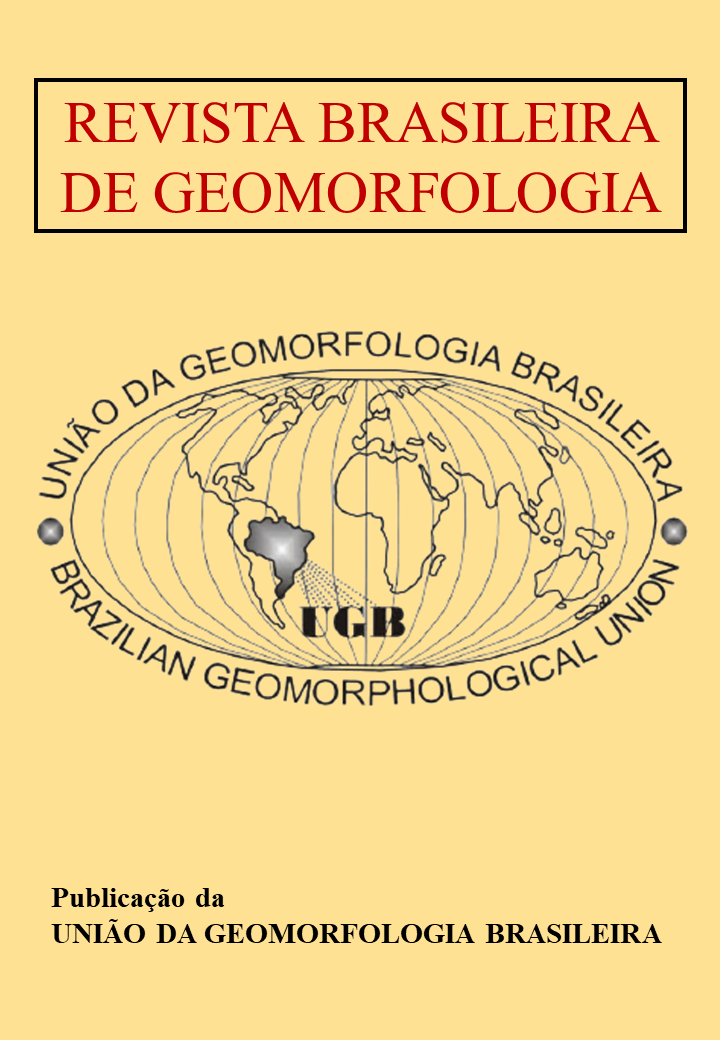Geomorphology, Geoarchaeology and their multiscalar approaches
DOI:
https://doi.org/10.20502/rbg.v25i4.2573Keywords:
Geomorphology; Landscape; River.Abstract
This paper discusses the importance of the multiscale approach in geoarchaeological investigations, highlighting the contribution of Geomorphology to this purpose. Although Geoarchaeology does not have a single definition, due to its inter and transdisciplinary nature, in most definitions it uses methods from Geosciences, and in particular from Geomorphology. It deals with everything from archaeological sites to the analysis of the landscape inhabited by human groups, although few studies integrate the various spatial and temporal scales which are essential to understand the complexity of the phenomena. The multiscale approach offers the potential to enrich geoarchaeological analysis by considering the physical elements of the landscape, such as rocks, terrain, soils, and sediments at different temporalities and levels of spatial organization. This broadens the understanding of human interaction with the environment. The widely disseminated model in Geomorphology, which considers forms, materials, and processes at different hierarchical levels of topographic compartmentalization, surface structure, and landscape physiology, coupled with long, medium, and short-term dynamics, represents a promising methodological approach for archaeological site studies. The multiscale approach, therefore, can complement all stages of analysis and has extensive applicability in Geoarchaeology.
Downloads
Downloads
Published
How to Cite
Issue
Section
License

This work is licensed under a Creative Commons Attribution-NonCommercial 4.0 International License.
Author (s) retain copyright and grant the journal right of first publication with the work simultaneously licensed under the Creative Commons Attribution License that allows sharing the work with recognition of its initial publication in this journal.








